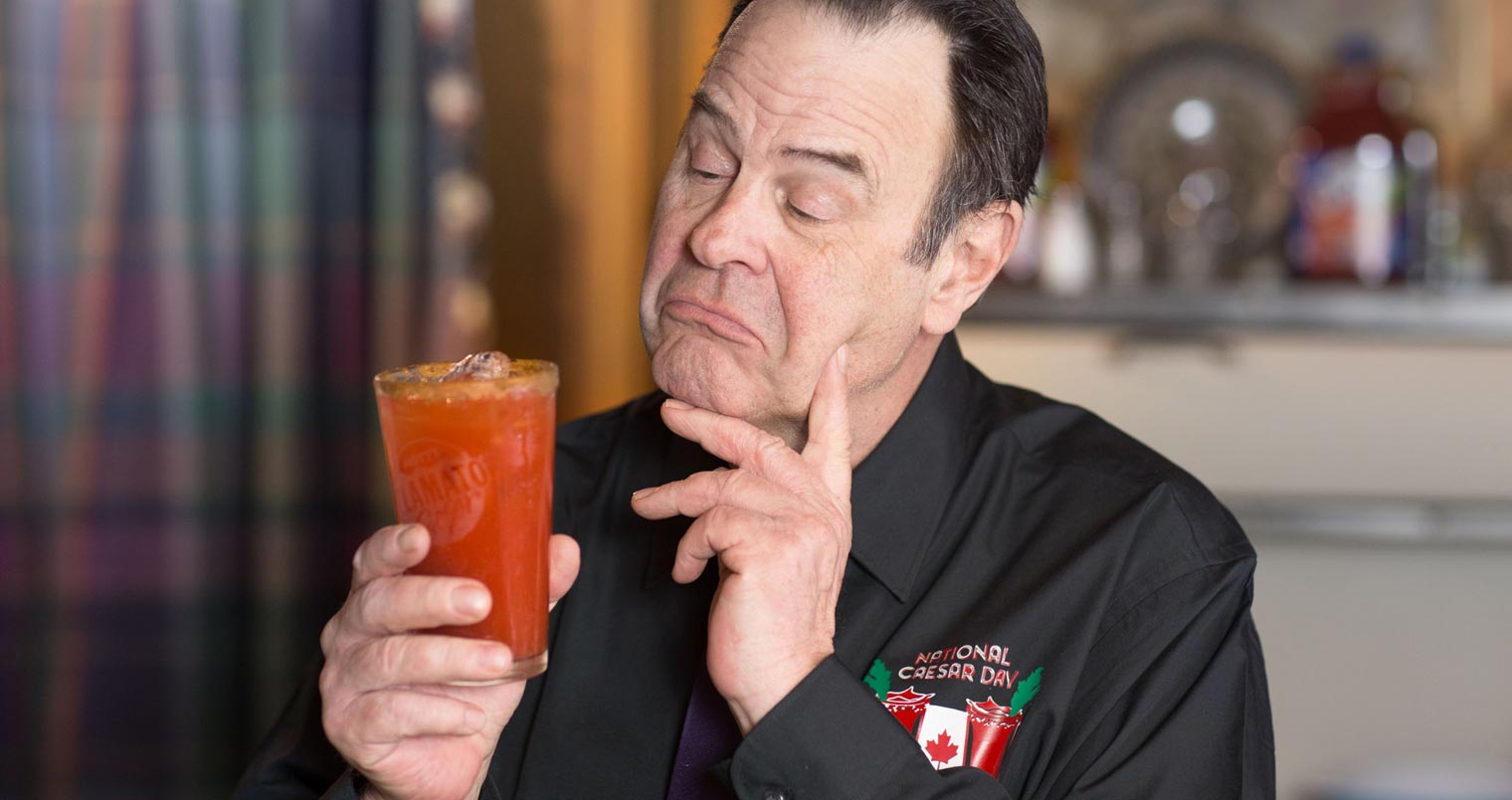

The Caesar cocktail was created back in 1969 at the Calgary Inn in Alberta.
To commemorate the opening of Marco’s, the inn’s new restaurant, manager Walter Chell wanted to create a drink that resembled a meal. Inspired by his favorite dish, spaghetti alle vongole (spaghetti and clams), Walter mixed a similar combination of ingredients into this new drink. He combined tomato juice, clam nectar juice, Worcestershire sauce, and celery salt to create a sweet, savory, salty, and spicy mixture that was a perfect signature cocktail for an Italian restaurant. He named this kingly cocktail the Bloody Caesar. That same year, the Duffy-Mott Company patented the key ingredient in a Bloody Caesar—canned clam broth and tomato juice—and Mott’s Clamato was born. Today, the Calgary Inn is a Westin Hotel, and it still serves great Bloody Caesars at the bar.
Everyone has a Caesar story, and National Caesar Day spokesperson Dan Aykroyd took a break from his film and comedy career to share some of his personal Caesar moments. In a special commemorative book that celebrates the drink’s 50th milestone anniversary, The Caesar. 50 Years. 50 Stories: Celebrating a Half-Century of Canada’s National Cocktail, Aykroyd recalled the time he served Caesars to The Rolling Stones by a lake, and later went jet-skiing with Keith Richards. “Keith and Ronnie had spent so much time in Canada, they knew the Caesar was a distinctly Canadian recipe, and liked it so much that I made a few jugs and considered sending them home with some Mott’s Clamato as a Canadian souvenir,” he says in the book. “I also think of my dad when I think of Caesars. He’s a big fan of the Pickled Bean Clamato, and even in his late ‘90s, he still enjoys a Pickled Bean Caesar.”

Dan Aykroyd’s Golden Caesar
There have been several different variations on the classic version that Walter created 50 years ago, and Aykroyd has some thoughts on that as well. “I tend to stick to the original, but experiment with the garnish,” he says. “My favorite garnish is a lamb chop with mint jelly. I also like to spice it up on occasion with uniquely flavored hot sauces. Anytime someone muddles something in my Caesar, I typically like it, with the exception of mint, which in retrospect, I think the bartender had intended for a Mojito instead of my Caesar!”
For this special anniversary, Aykroyd created a new Caesar recipe, dubbed the Golden Caesar. “After much trial and error, I was ready to gather a Caesar-tasting panel to sample my creation,” he says. “I called upon bona fide Canadians Colin Mochrie from Whose Line is it Anyway?, Yannick Bisson from Murdoch Mysteries, and the Caesar heiress herself, Joan Chell, whose dad invented the Caesar. We all agreed—this recipe was the one!”
The Golden Caesar is made with red chilis, chipotle hot sauce, Cabernet Sauvignon, Canadian-made Crystal Head Vodka, and the essential ingredient, Mott’s Clamato. It’s finished with a gold dust rim, rosemary sprig dipped in edible gold powder, and sparkler for some festive flair.
In 2009, the Canadian parliament declared the Caesar as “Canada’s Official Cocktail,” and today there are a variety of different mixes and ready-to-drink, single-serving containers available. Here’s to a great Canadian long weekend and excellent National Caesar Day on May 16. And for those who are curious about what else Aykroyd is up to, he’s currently working on the new production of Ghostbusters III. We’ll toast to that with his Golden Caesar!

Dan Aykroyd’s Golden Caesar
Dan Aykroyd’s Golden Caesar
Ingredients:
- .5-inch strip Red Chili (Mild to Medium)
- 1.5 oz. Crystal Head Vodka
- 1.25 oz. Canadian Cabernet Sauvignon
- .5 oz. Fresh Lemon Juice
- 4 dashes Tabasco Chipotle Sauce
- 2 dashes Worcestershire Sauce
- 5 oz. Mott’s Clamato Original
- Edible Gold Powder (for Rim)
- Mott’s Clamato Rimmer (for Rim)
- Matt & Steve’s Extreme Bean (for Garnish)
- Rosemary Sprig (for Garnish)
- Lemon Wedge (for Garnish)
- Sparkler (for Garnish)
Preparation: Rim your glass with Mott’s Clamato Rimmer mixed with edible gold powder. Muddle red chili in the bottom of a pint glass. Add vodka, wine, lemon juice, and sauces. Fill the glass with ice, top with Mott’s Clamato Original, and stir. Garnish with a Matt & Steve’s Extreme Bean and a sprig of gold powder-dusted rosemary. Skewer a small sparkler into a lemon wedge and place on the side of the glass. Light sparkler outside before serving.
The post Dan Aykroyd Celebrates the Bloody Caesar With a Brand-New Book appeared first on Chilled Magazine.
Source: Mixology News

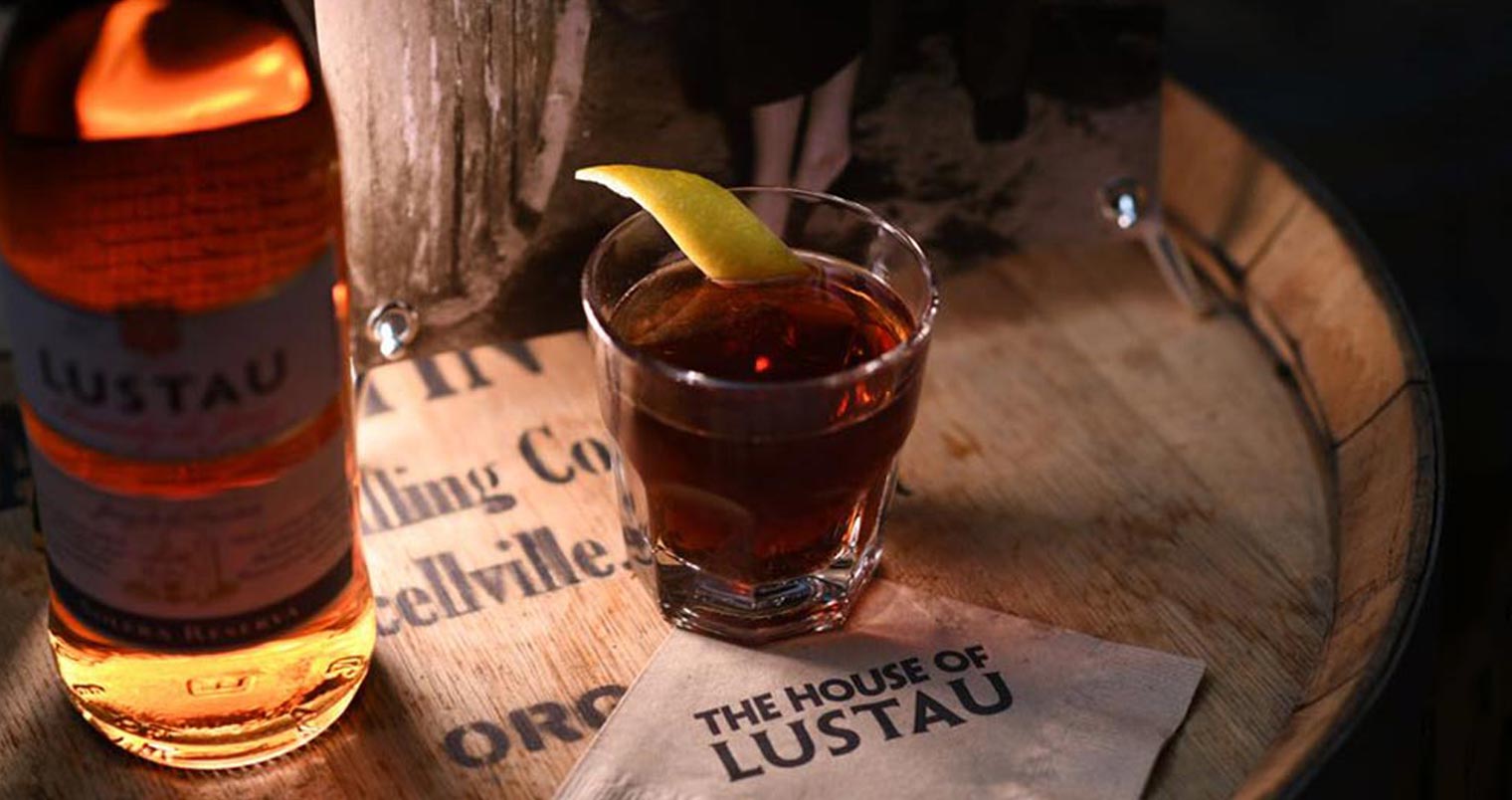


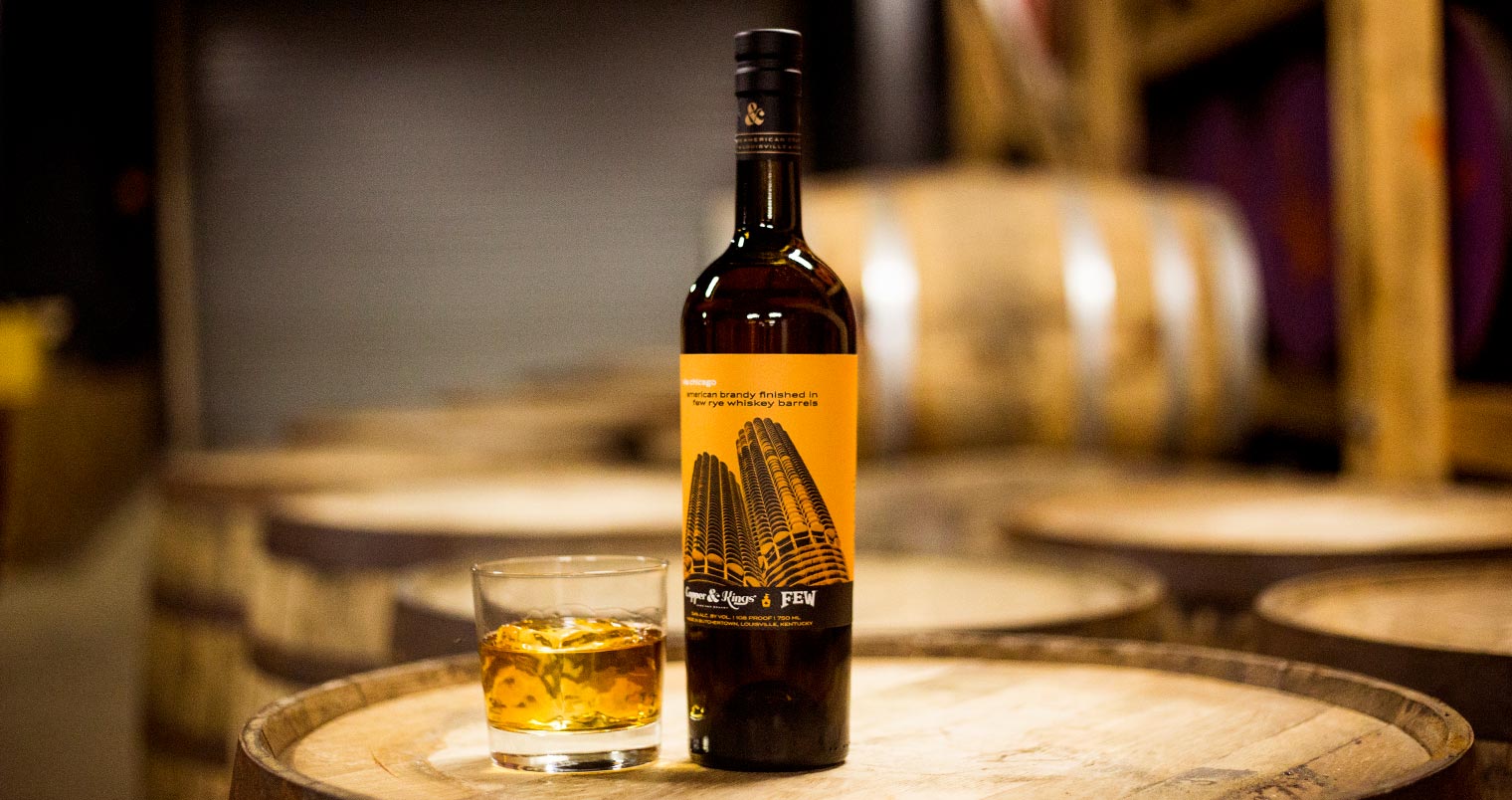



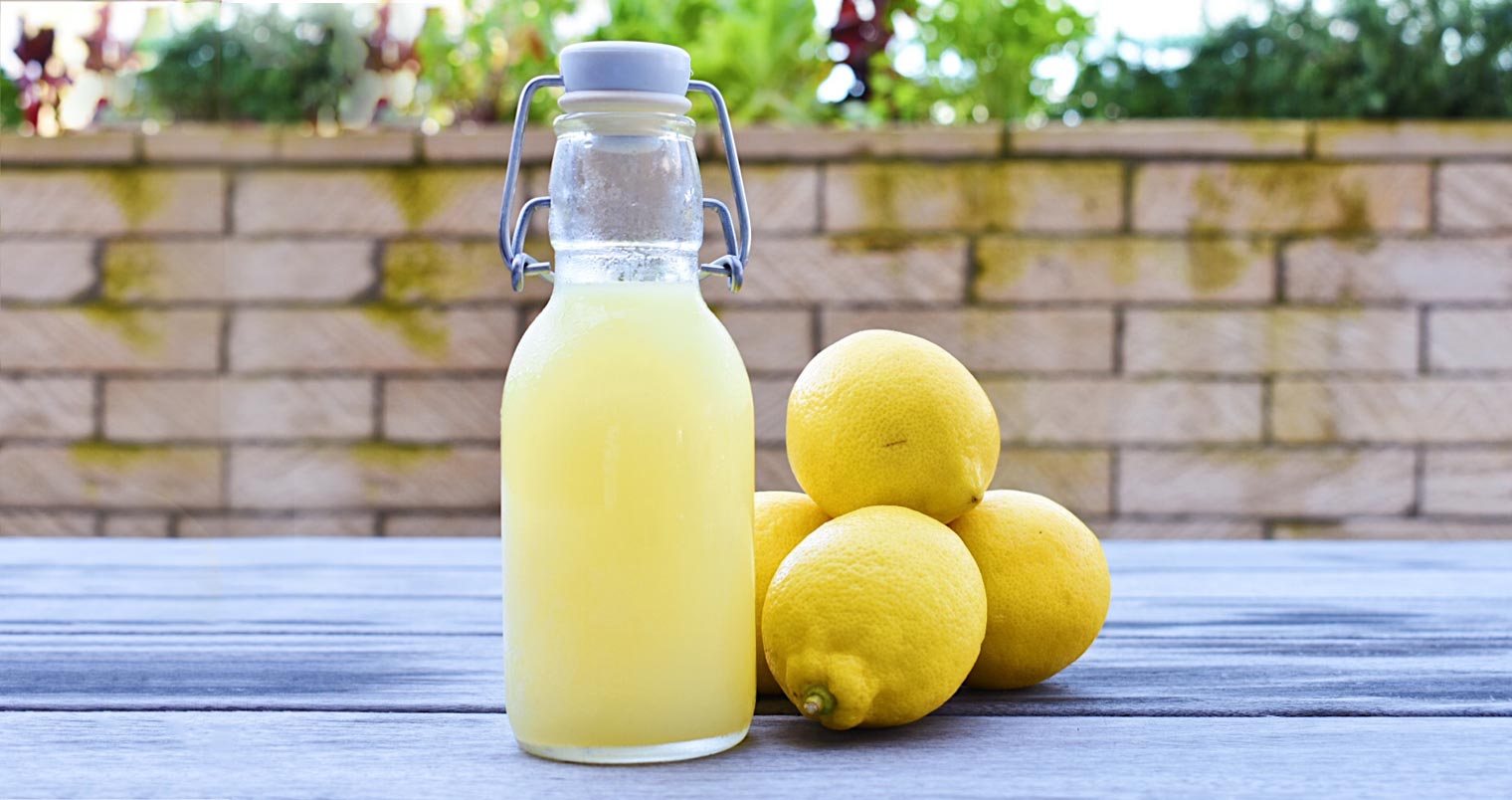


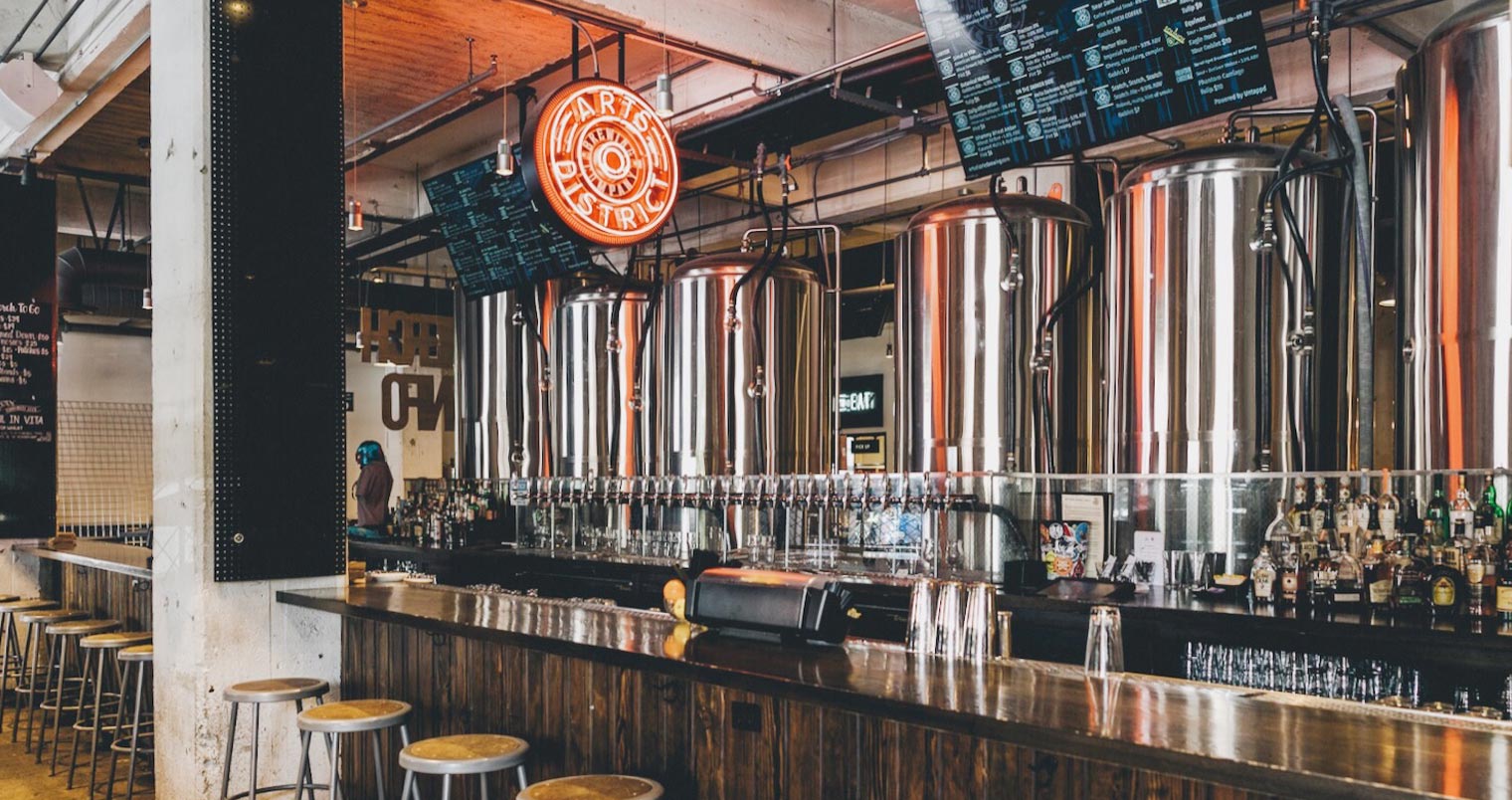








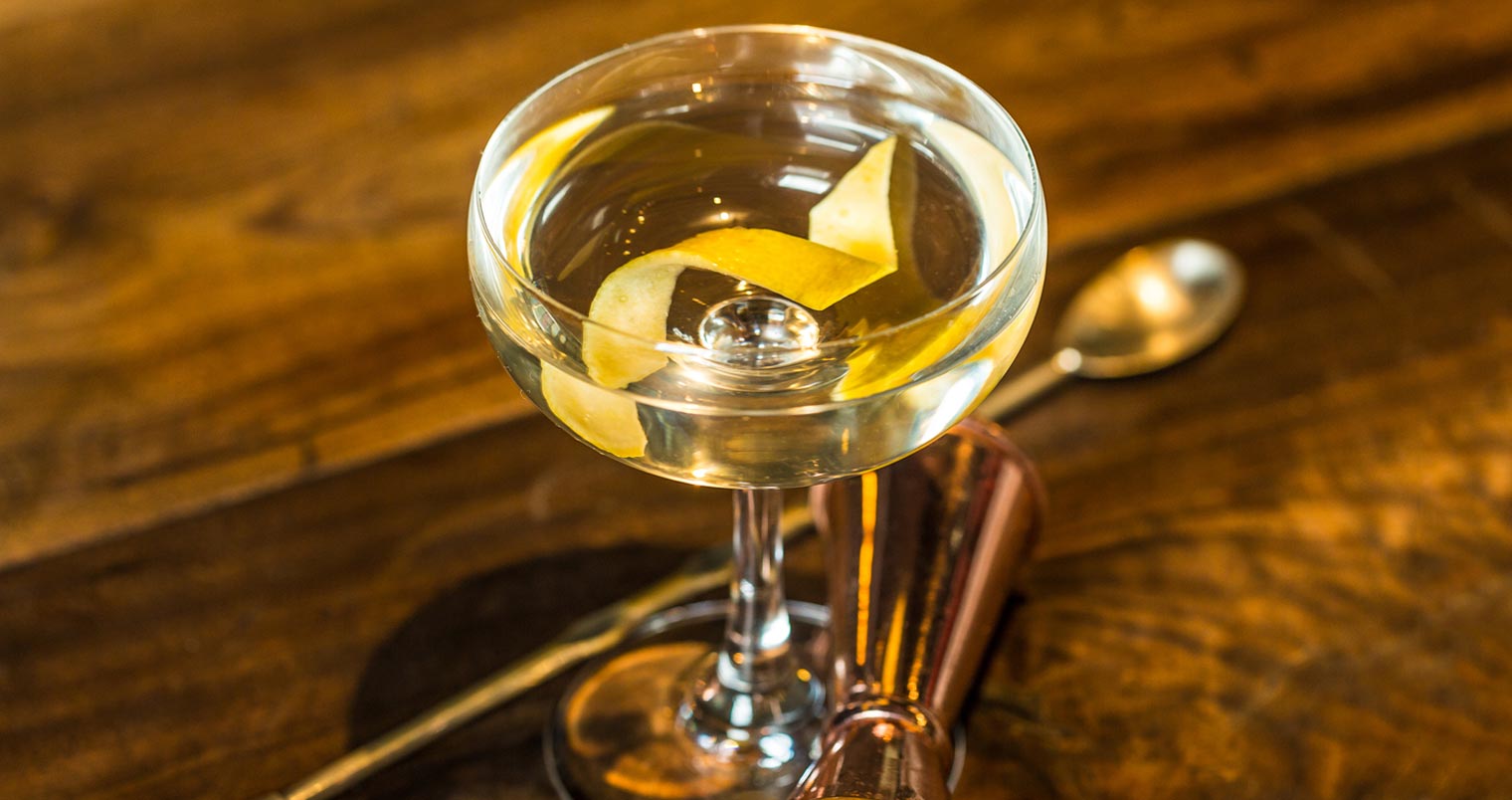


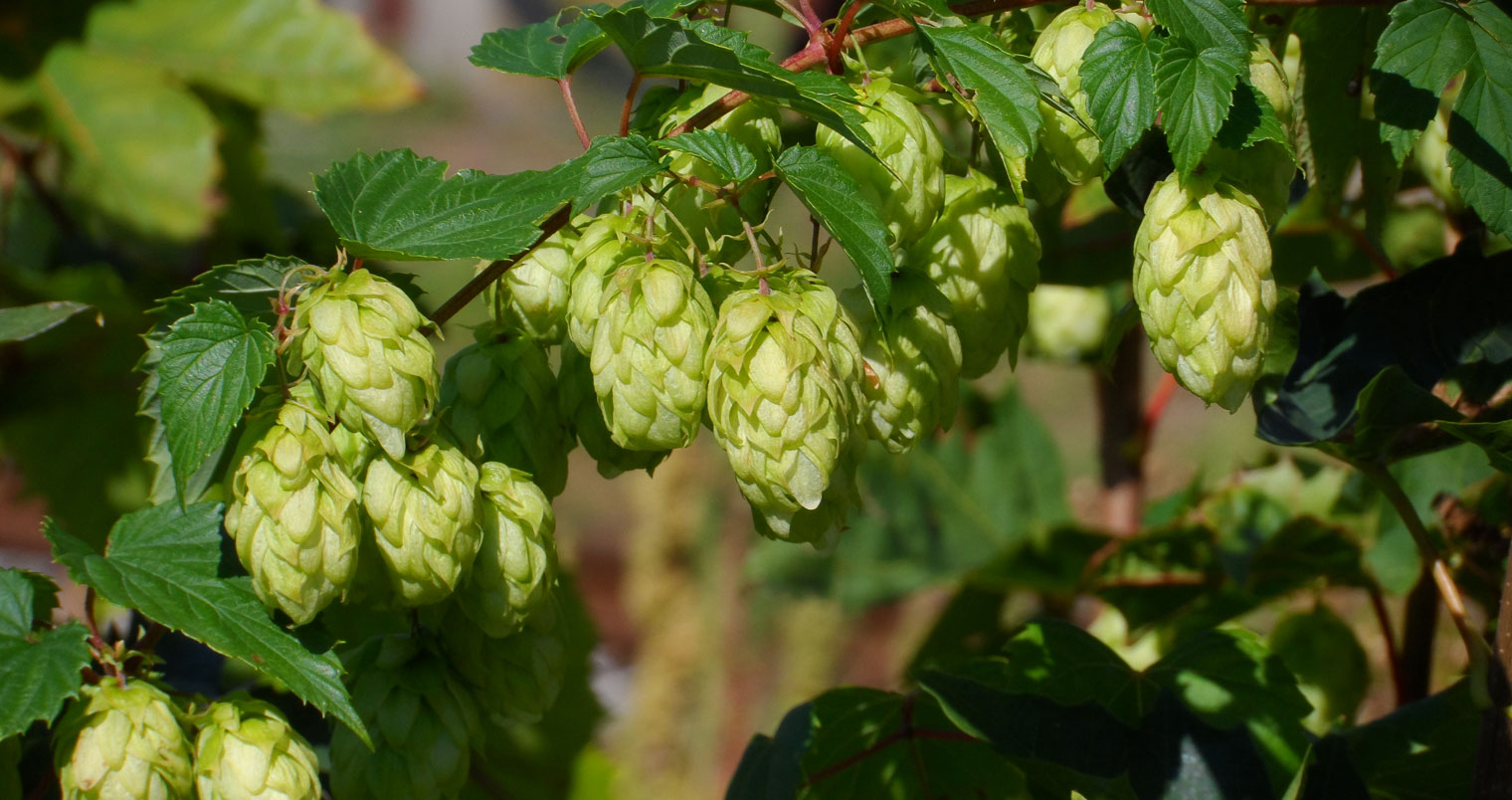





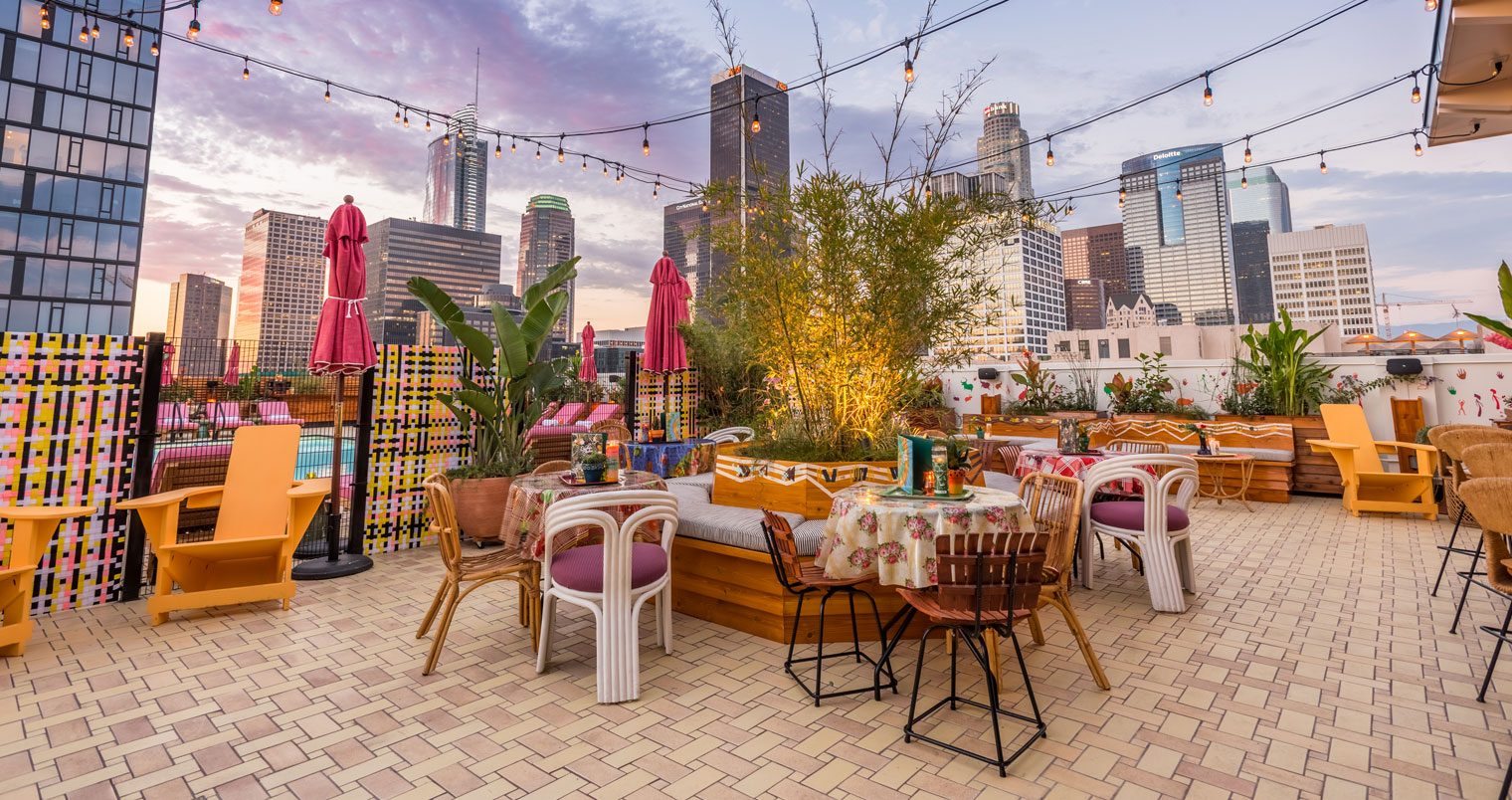








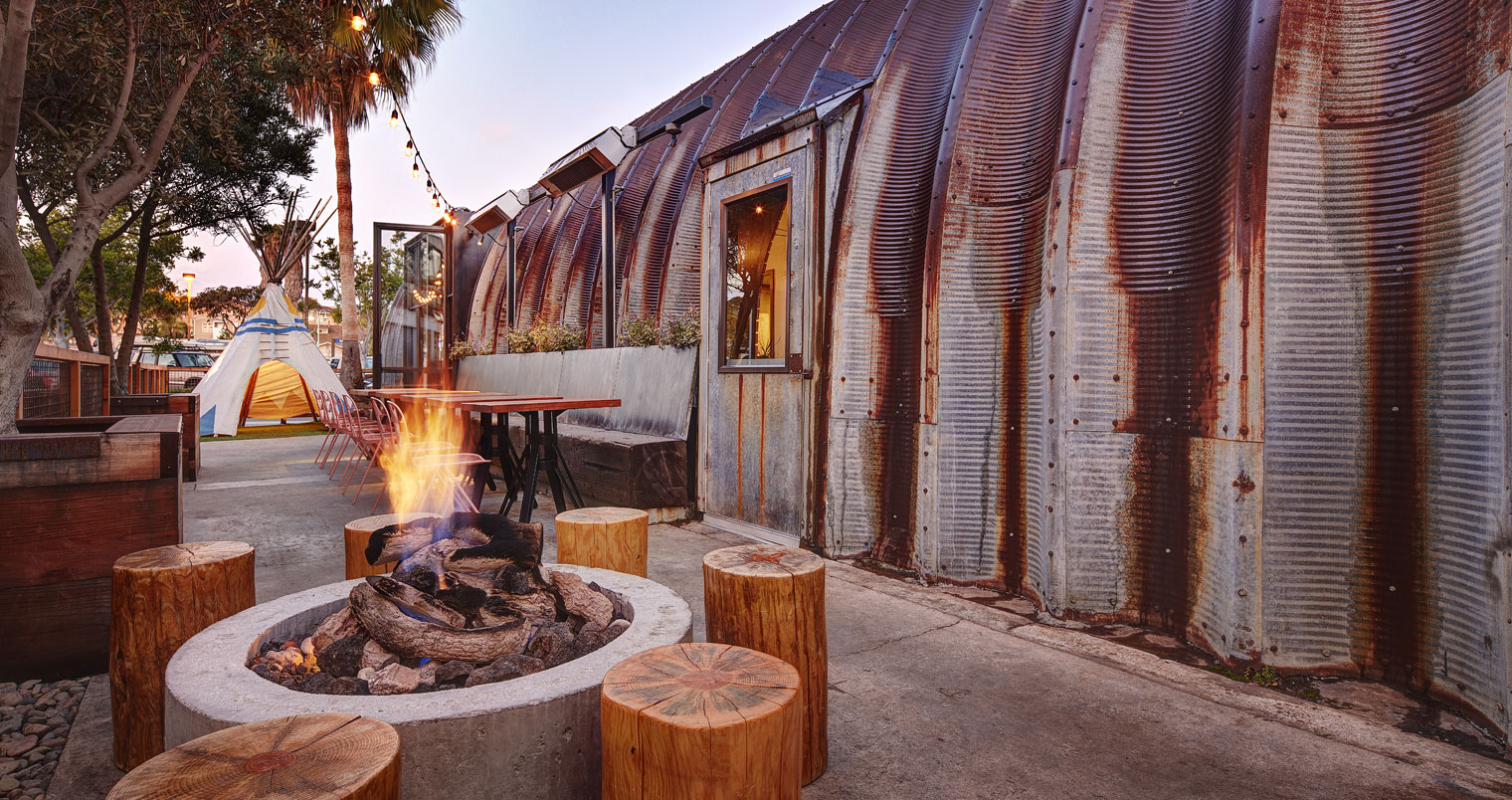






Recent Comments